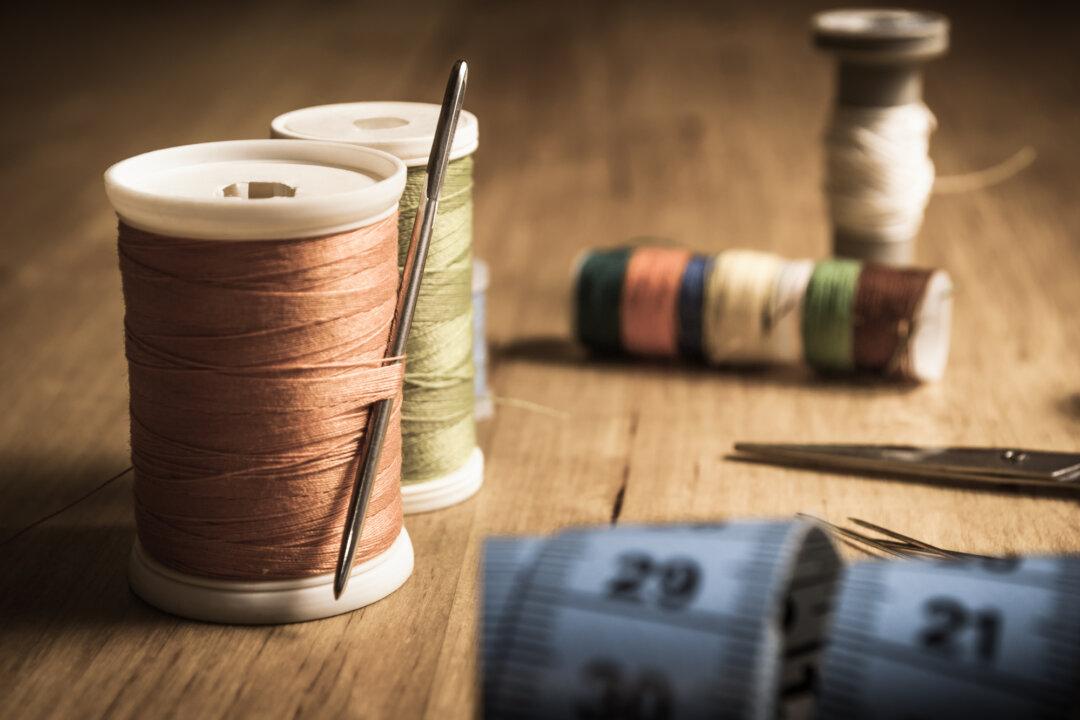We have all been warned, by a parent, a grandparent, or a teacher: “A stitch in time saves nine.” Chances are, we’ve said it to people, too.
But why a “stitch,” and why, more curiously, “nine”?

We have all been warned, by a parent, a grandparent, or a teacher: “A stitch in time saves nine.” Chances are, we’ve said it to people, too.
But why a “stitch,” and why, more curiously, “nine”?